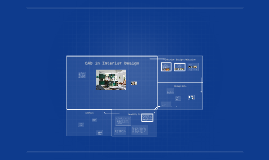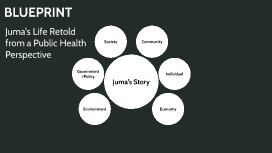Blueprints
Transcript: Do... -Call Scottish men Scots -Expect to be called "Deary" or "Love" -Be invited before calling someone by their first name. (Neuliep, 2018) Kinesics- Body It is considered very rude if you are even a minute late. Being on time shows a sign of respect for the person you are meeting. Oculesics- Eye Contact Don't... -Go in for a kiss unless you are family It is said that Scots like their space. People should remain one arms distance away or more to not be considered rude or invasive (Glasgow Caledonian University, 2016). (Getty, 2016) Don't... -Stand anyone up -Be Late WARNING: (Glasgow Caledonian University, 2016) Don't... -Invade personal space. -Assume you can kiss someone as a greeting. It is reserved for family and close friends. Though women are in the workforce, most do not hold managerial positions in Scotland. References: Haptics- Touch Do... -Plan your timing. -Let the person know if you are going to be tardy. -Arrive perfectly on time or minute earlier. Don't... -Call Scottish men Scotch. It is offensive. -Bring up another person's family without first bing invited. (Glasgow Caledonian University, 2016) Do... -Give people thier space -Walk with the flow of others. Don't... Put your hands in your pockets while standing or walking. The right and left hands don't have any significance when giving or receiving. Shaking hands must be done with the right hand. Cameron. (2018, August 11). 10 Things to Know Before you Travel to Scotland. Retrieved November 4, 2018, from https://theworldpursuit.com/travel-scotland/ Cultural Clues, Do's & Taboos: Communication Guidelines for SCOTLAND. (2014, April 27). Retrieved November 4, 2018, from http://www.circlesofexcellence.com/ blog/2014/04/cultural-clues-dos-taboos-communication-guidelines-for-scotland/ Getty. (2016, March 21). 10 signature Scottish scents you'll only appreciate if you're a true Scot. Retrieved November 4, 2018, from https://www.dailyrecord.co.uk/news/ scottish-news/national-fragrance-day-10-signature-7600817 Glasgow Caledonian University. (2016). Social Customs | GCU. Retrieved from https:// www.gcu.ac.uk/student/studentlife/international/visaimmigrationsupportandadvice/ lifeinglasgow/socialcustoms/ Neuliep, J. W. (2018). Intercultural communication: A contextual approach. Thousand Oaks, CA: Sage Publications. (Getty, 2016) Scots tend to "downplay expressions and hand gestures" when they are communcating with others (Cultural Clues, 2014). Chronemics-Time Avoid small talk when standing in lines. Scots don't like feeling as though they are bothering or interupting someones personal thoughts (Cultural Clues, 2014). Paralinguistics- Voice Do... -Say hello and shake hands with new people By: Catie Borgerson Blueprints Communication in scotland Common smells that you might find are... -Chips and Cheese -Prefer to smell -Buckfast Tonic Wine clean. -Scotch Malt Whisky (Getty, 2016) Proxemics- Space Don't... -Dress casually when meeting people for the first time. -Assume all Scots wear kilts. Don't... -Talk to someone you don't know while standing in a line. Do... -Look professional -Be knowledgeable in your field Do... -Shake hands with someone you've never met. -Shake with your right hand only. Physcial Appearance- Dress Do... -Make eye contact with superiors. -Keep eye contact while shaking hands Olfactics- Smell

















